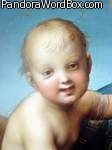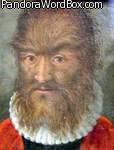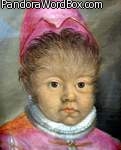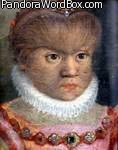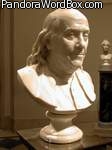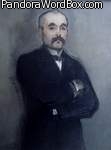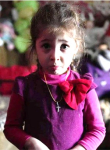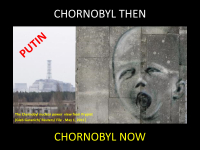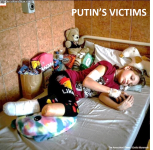Our websites offer information mostly for educational purposes with no intent to alter health care protocols nor to serve as a sole source of medical information.
Always seek the advice of your local health care provider.
|
×  Get the Point! PAIN – WOMAN – UKRAINE – PUTIN MOTHER – SISTER – SPOUSE – MOTHER RUSSIAN WAR – HOLOCAUST – GENOCIDE |
HAIR HIRSUTE HIRSUTISM
Alopecia Baldness
To explore ideas inherent in HAIR, allusions to SKIN are unavoidable. Note that the skin is an organ that is a subject of a separate illustrated review.
The term HAIR has obscure Germanic roots. In old Norse HADR referred to "head of hair of a woman". In Spanish, "head hair" is CABELLO. The related Spanish words CABALLO and CABALLERO, for horse and gentleman are of interest but fall outside the scope of this overview.
It is self evident that one of the features that distinguishes human males from females are hair patterns. CRIN in Spanish is mane. Although CRIN traits are controlled by endoCRINe factors, language experts will point out that CRIN in endocrine has more to do with CRITical. Nonetheless, exoCRINe glands cluster around hair or CRIN follicles and endoCRINe hormones control hair growth and distribution.
Body hair in Spanish is PELO, from Latin PILUS which points to PELLIS for skin or PIEL in Spanish. These terms point to PEEL which implies that the skin is an organ that can be "peeled". The term caPILLARY implies "hair thin" vessels.
Sparse hair or Hypotrichosis is common among infants. Note the Large Head or Megalocephaly of the child on the right.
In Greek, hair is TRICHO. In contrast to non-human animal whose skins or HIDES are "hairy", only HIRSUTE humans have a skin like a pelt. Normal humans have a relatively hypoTRICHOTIC skin. Some people develop TRICHOphagia, a behavior disorder of those who pluck and swallow their hair. Other humans acquire a parasite with a hair like tail called TRICHOmona.
Familial hyperTRICHOsis or HIRSUTism may result from a mutation of a single gene manifesting as an autosomal (in either sex) dominant (inheritable from a single affected parent). History records that DOGMATIC DOCTORS charged to uphold DOGMAs often condemned mothers of hirsute children to die. A woman who delivered a hirsute child, in an era when the Church was dominant, was suspect of having engaged in bestiality with the devil inCARNated as a hairy creature.
Historians point out that BARBarians were hairy harsh and unshaven people in contrast to Romans who used BARBers to shave their BEARDS. Normans liked to sport a BIGOTE or mustache. After the Normans vanquished the Saxons, BIGOTE may have evolved into BIGOT, a Saxon slur to denote the supremacist attitudes of Normans.
Other words implying "hair like" include; CIRRI for fleece like white clouds; CILIA, for lash like hair of eyelashes; CELERY, for a plant with hair like leafs; URCHIN, for an animal who can raise spine like hairs - the term URCHIN also applies to young boys whose short hair "stands on its ends"; BALD, for hypotrichosis or for total lack of hair or ALOPECIA - perhaps the bold became bald; LANugo, or wool like - in medicine the term applies to the body hair of newborns; GLABELLA denotes a hairless area of the forehead; HISPID implies a rough hairiness.
Finally, "hairy" can mean hypertrichosis or hirsutism but it also implies a link with fear which can induce the hair to stand up. At this point it is obvious that we have arrived to the end of this "hairy" and terrific overview.



